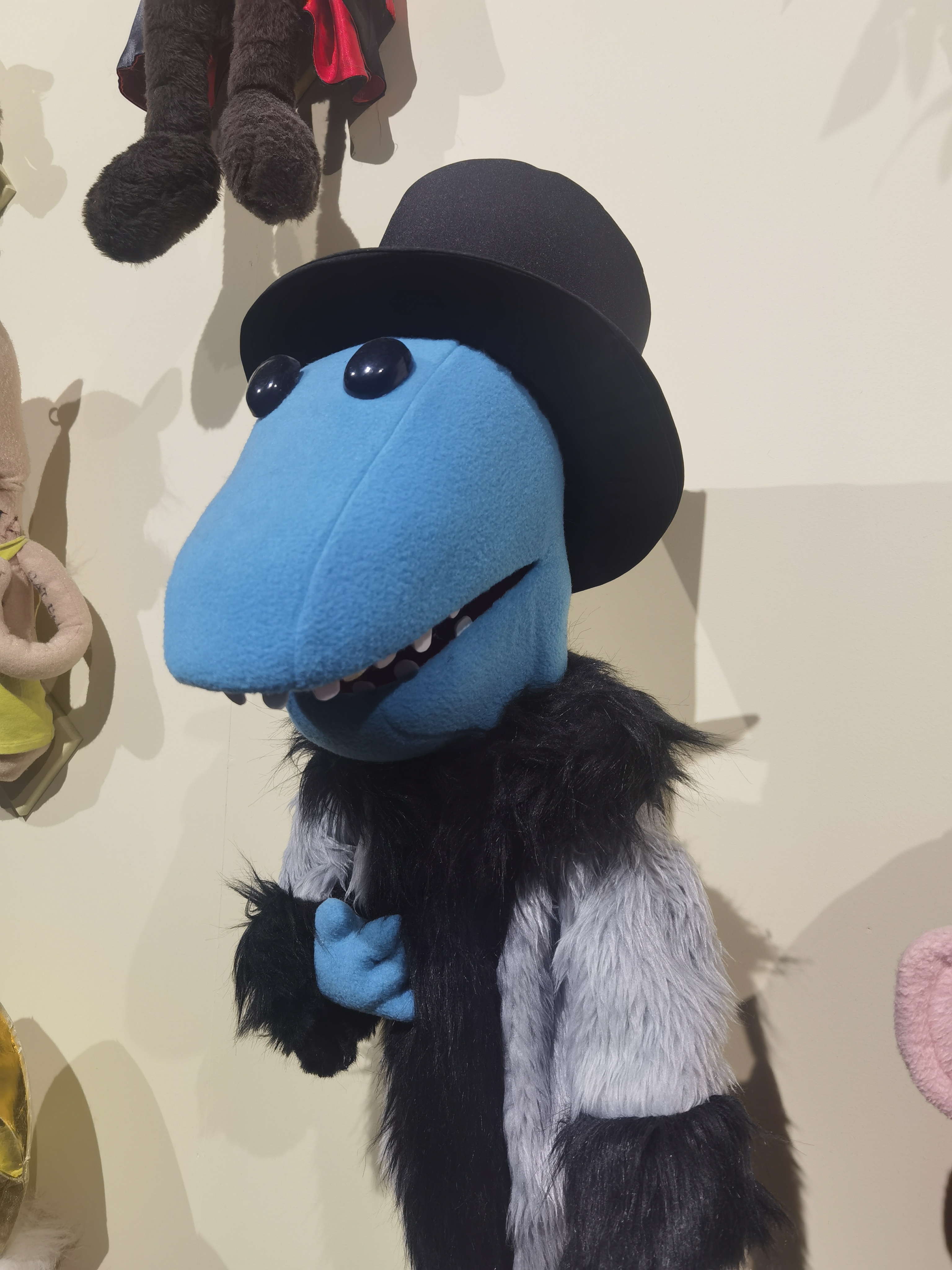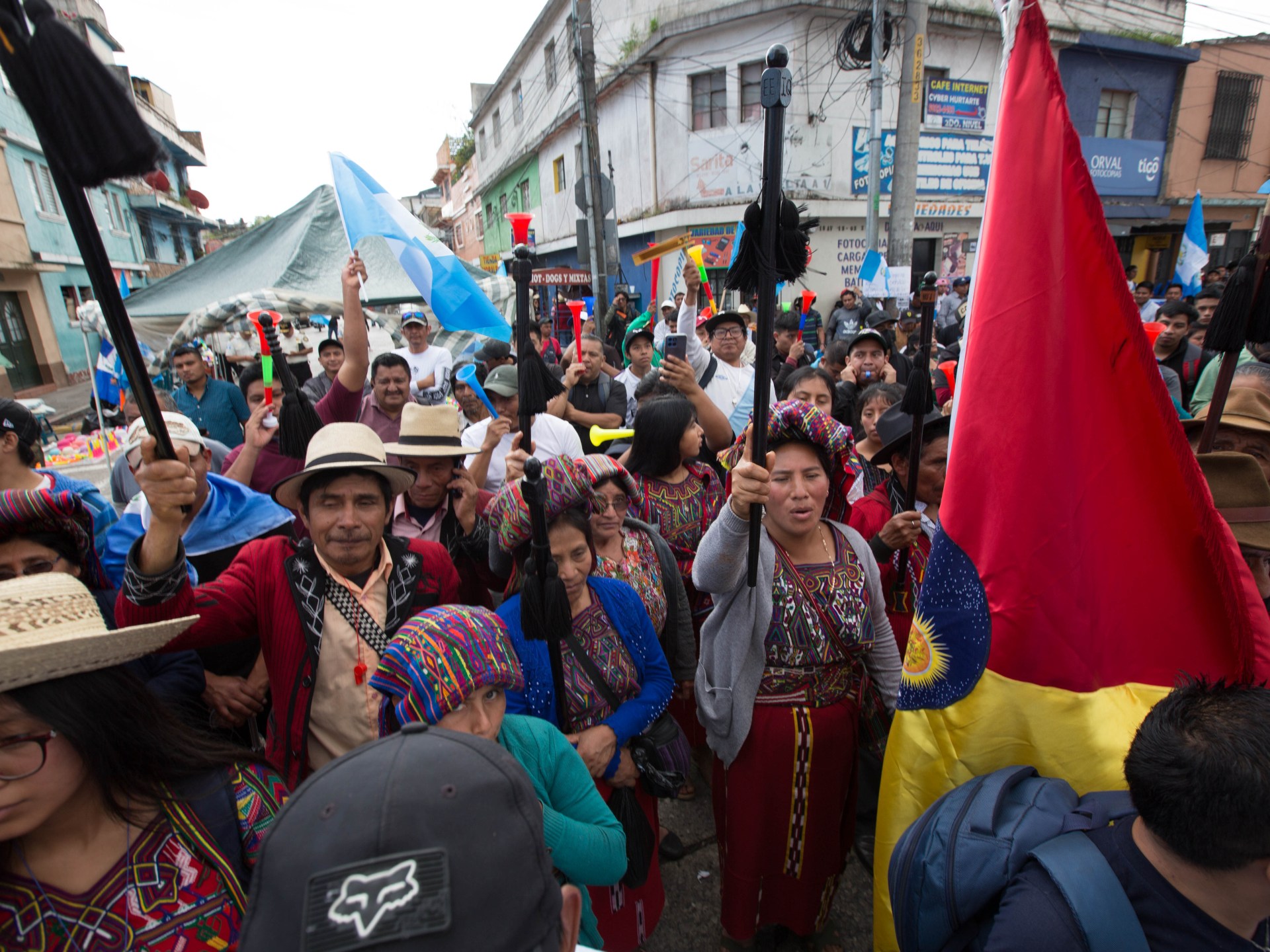- cross-posted to:
- worldnews@lemmy.ml
- cross-posted to:
- worldnews@lemmy.ml
Guatemala City, Guatemala – Every day, they gather at the gates of the public prosecutor’s office: Indigenous leaders, protesting against threats to Guatemala’s election integrity.
These leaders — some of whom dress in brightly embroidered huipil blouses and ceremonial attire — have become the face of the demonstrations that have exploded across the Central American country in recent weeks.
Since October 2, as many as 140 roadways have been blocked, and thousands of people have flooded the streets of the capital, Guatemala City, to demand accountability for efforts they say are designed to subvert the country’s recent presidential elections.
SitPo’p Herrera, 32, is one of those Indigenous leaders. A member of the Ixil Mayan Ancestral Authority, an autonomous Indigenous government, she travelled 226km (140 miles) from her highland town of Nebaj to arrive in Guatemala City on October 4, where she had been demonstrating ever since.
Herrera said she was there to represent Ixil Mayan communities in the protests. She and other Indigenous leaders have maintained a near-constant presence outside the prosecutor’s office, holding ceremonies and leading chants.
They call for the resignation of Attorney General Maria Consuelo Porras and other political figures involved in raiding the country’s electoral authority and targeting the campaign of Bernardo Arevalo, the dark-horse candidate elected president on August 20.
Critics fear the raids — five of which have been conducted since the elections — could threaten the results and throw Guatemala’s democracy into turmoil.
A short woman with a youthful face and a shy but confident smile, Herrera holds the attorney general responsible for the situation, which has seen confidential voter material breached.
“This is a response to their provocations,” Herrera said of the sprawling protests unfolding around her. Frustrated with government corruption and organised crime in Guatemala, she felt there was little choice but to demonstrate.
“The people have been patient, but this is the only way the people have — to go out into the streets so that their voices can be heard,” she said.
The encampment outside the public prosecutor’s office is part of a larger nationwide protest movement launched on October 2. Groups like the 48 Cantones of Totonicapan, an Indigenous community government based in the west-central highlands, have taken a leading role in organising the protests.
Mayan spiritual guides, for instance, hold fire ceremonies outside the office’s entrance: They believe the swirling flames will elevate their calls for justice.
But as the protests stretch on, tensions have risen. On Monday, Attorney General Porras — whom the United States accused of “significant corruption” — called the demonstrations “illegal actions”.


